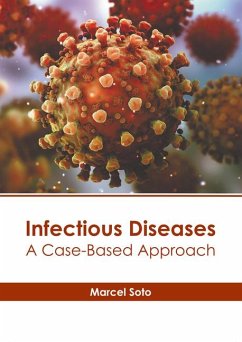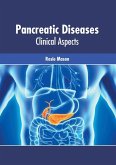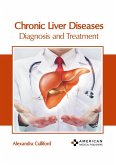Infectious diseases are the diseases caused by microorganisms, such as bacteria, viruses, fungi, or protozoans. The transmitters of infection can be classified into various categories depending on size, biochemical characteristics, or the way in which they interact with the human host. Some common signs of infectious diseases include fever, fatigue, diarrhea, muscle aches and coughing, but usually depend on the organism causing the infection. The two modes of transmission of infectious diseases are through direct contact and indirect contact. Direct contact, such as person-to-person, animal-to-person, and mother-to-unborn child may result in spread of infectious diseases. Consumption of contaminated food and insect bites may also lead to transmission of pathogens. Infectious diseases, such as pneumonia, AIDS, and meningitis may prove to be fatal, if left untreated. Infections with human papillomavirus, Helicobacter pylori, and hepatitis B and C are a few infections associated to an increased risk of cancer. Preventive measures, such as washing hands, vaccination, safe sex, and healthy habits can decrease the risk of infection. This book provides comprehensive insights into the field of infectious diseases. Coherent flow of topics, student-friendly language, and extensive use of examples make this book an invaluable source of knowledge. It is a vital tool for all researching or studying these diseases as it gives incredible insights into emerging trends of their management and diagnosis.
Hinweis: Dieser Artikel kann nur an eine deutsche Lieferadresse ausgeliefert werden.
Hinweis: Dieser Artikel kann nur an eine deutsche Lieferadresse ausgeliefert werden.








